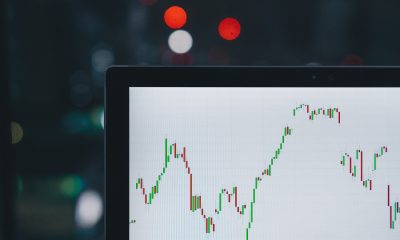BitMEX answers why it didn’t use Insurance Fund on 13 March

Prominent Bitcoin derivatives exchange, BitMEX, has been trying to provide answers to all the skeptics and users about its 13 March attack, one that contributed to mass liquidations. In a blog post dated 23 March, BitMEX has released another set of explanations to address the questions associated with the liquidations and its insurance fund.
As the market was taking powerful punches the bear, BitMEX witnessed a high volume of liquidations, one that provided its Liquidation Engine a large aggregate long position in XBTUSD to exit. However, due to the heavy volume as the trading algorithm unwound this position into the market, the prices became aggressively lower as long positions grew, along with its time holding the position. The blog explained,
“During this time, the Liquidation Engine’s trading activity realised significant losses, crystallised as drawdowns from the Insurance Fund.”
The highest drawdown was 2,606 XBTT and the largest unrealized loss on liquidated positions that had not yet been exited by the Liquidation Engine was 5,652 XBT. It further explained,
“Therefore, if the Liquidation Engine algorithm had chosen to close its outstanding position at the Mark Price, assuming sufficient liquidity (which was not instantly available), the largest total drawdown (from the peak balance on 12 March) would have been 8,482 XBT.”
BitMEX’s exchange funds reported a drop to 1,600 BTC within 24 hours of the crash, and this could be the biggest drop on record. The exchange had deployed 1,627 de-leverage positions during its downtime, something that reduced its insurance fund from 35,500 BTC to 33,880 BTC within 24-hours.
However, the BitMEX insurance fund indicated to major harm being sustained by exchanges during the collapse as its insurance hit a record high of 36,500 BTC. BitMEX was questioned about not using its insurance funds for help, with the platform noting that the fund’s primary purpose is to prevent auto-deleveraging [ADL] of successful traders’ positions in order to prevent the bankruptcy of positions that get liquidated.
BitMEX’s blog concluded by stating,
“It is important for the Fund to be large enough to absorb intraday shocks, to avoid ADL on the platform. The lowest balance reached by the Fund, not the EOD balance, is the most significant number for risk mitigation.”






